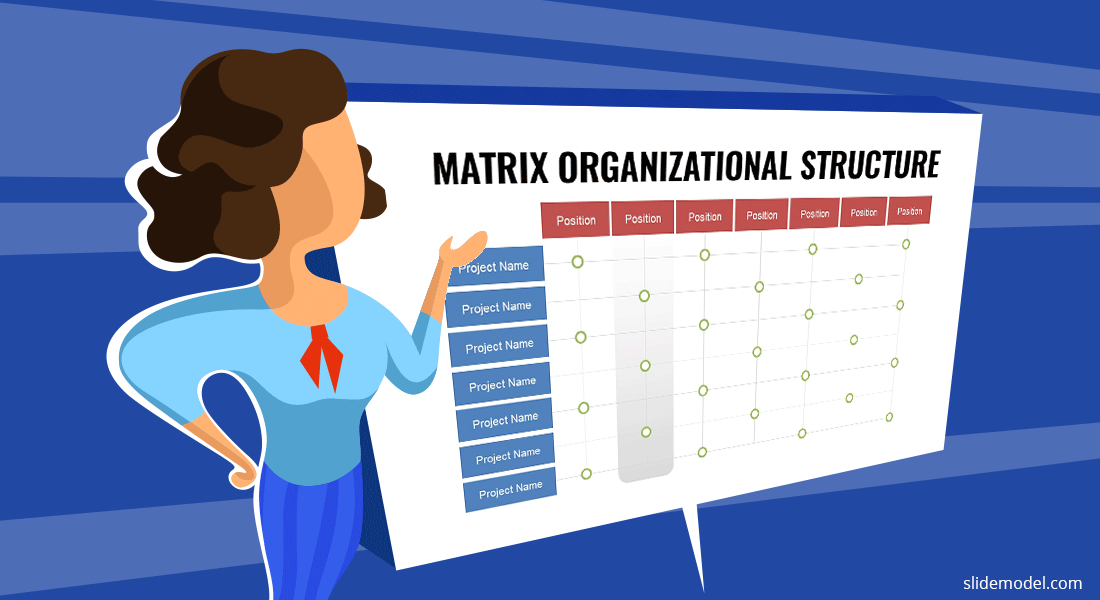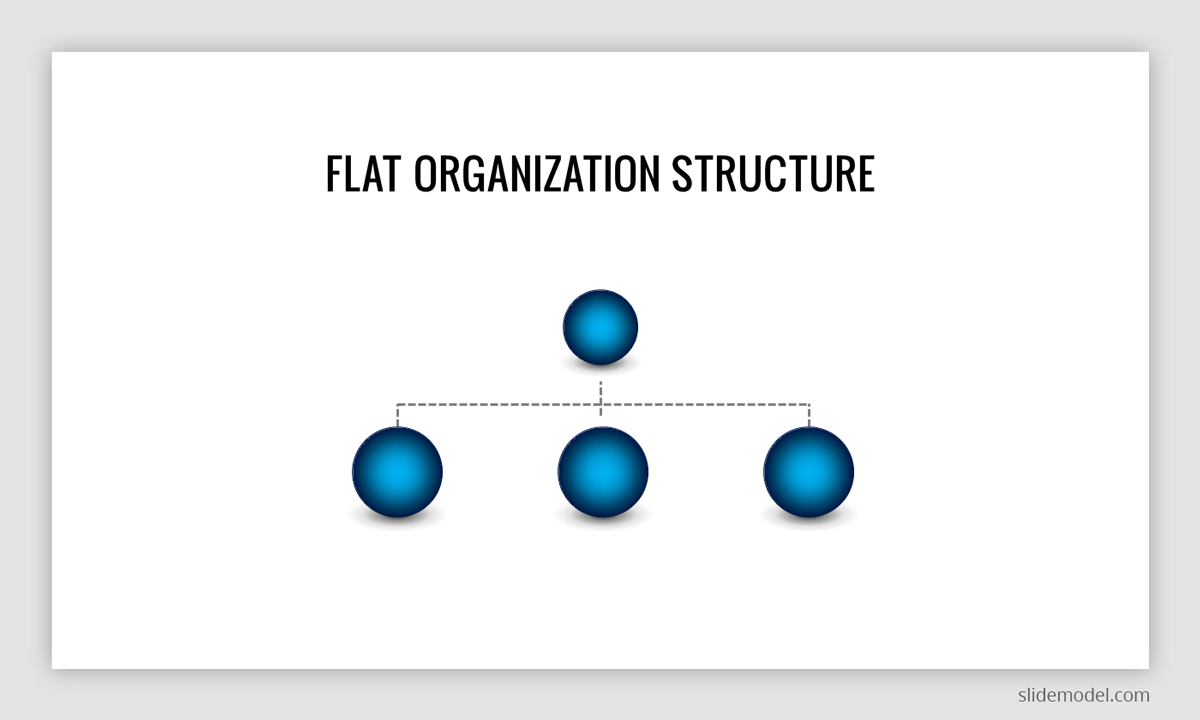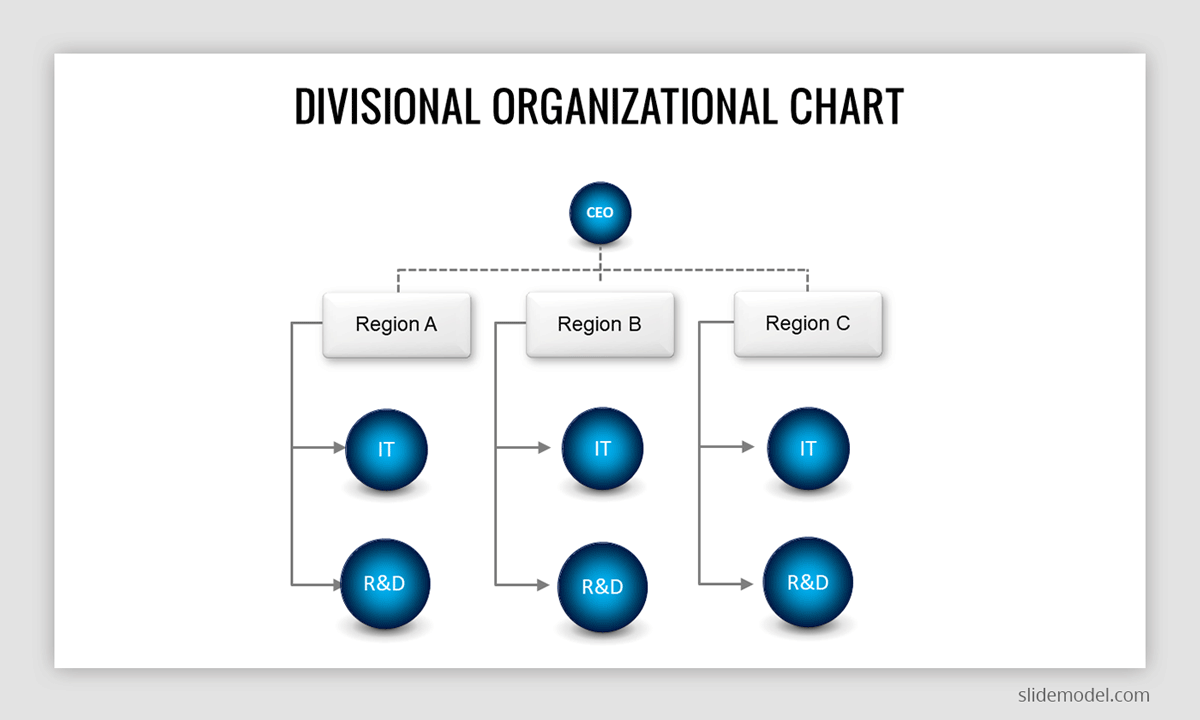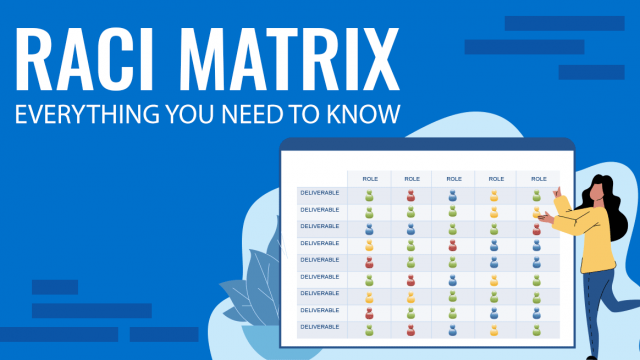
An organizational structure determines the chain of command and the flow of information, instructions and activities in order to acquire organizational goals. There are various structures used by organizations according to their specific needs. In this post we will discuss the various types of organizational structures, with a specific focus on the Matrix Organizational Structure to help you determine if it is the right structure for your company.
What is a Matrix Organization?
A Matrix Organization has a hierarchy which is divided according to product or project teams. This structure is thought to be more flexible and conducive for better communication. This is different from a top-down Functional structure or a Flat structure with few levels of hierarchy.
Four Types of Organizational Structures
In order to better understand organizational structures, let’s take a look at four possible types of organizational structures in detail. The organizational structures reviewed here are: the Functional, Divisional, Flat and Matrix structures.
1. Flat Organizational Structure
This is a structure with very few levels of hierarchy. This structure empowers employees and encourages self-management. This structure is often used by small businesses, where one business owner, for example, might have a few employees who are mostly self-managed and empowered to perform their tasks. There can be many advantages or disadvantages of such a structure. A Flat Organizational Structure can lead to rivalries and loss of control over the business.

(The graphic shown above was created using one of our Organizational Chart templates with spheres for PowerPoint)
Advantages: A Flat structure can be cost-effective, can lead to quick decision making, and can make management efficient in the wake of a small hierarchy.
Disadvantages: The structure itself may hinder the prospects for growth and reduce employee motivation due to lack of a clear career path.
2. Functional Organizational Structure
The top-down Functional Organizational Structure is a traditional hierarchy where the organization is led by a senior official (e.g. a President or CEO), followed by senior management (e.g. VPs), followed by middle managers, Officers, etc. This is a conventional structure where authority trickles down from the top.

Advantages: Such an organizational structure can encourage specialization and efficiency. Employees can be motivated to have a clear career path within functional units and duplication of effort can be reduced.
Disadvantages: Some organizations consider this structured to be old fashioned and rigid since it can hinder innovation. For example, an old-fashioned CEO might not understand the changing requirements of the market and might opt to hinder progress due to his short-sightedness. Functional Organizations can suffer from poor communication, inter-departmental hostility and a narrow focus, where each department is more concerned about their own goals and interests.
3. Divisional Organizational Structure
Divisional Organizations are divided along with product or geographical lines. These organizations have divisions which have a sufficient level of independence. For example, an automobile company might have a President at the top, followed by divisions for making different types of cars such as SUVs, Sedans, Trucks, etc. In such a case, each division might have its own IT, R&D, accounting, marketing and sales department.

Advantages: Divisions can be held accountable based on performance and improve efficiency and specialization.
Disadvantages: Divisional Organizations can suffer from duplication of work, since each division will require separate departments. Furthermore, different divisions can suffer from rivalries, and their interests might supersede the best interest of the organization.
4. Matrix Organizational Structure
A Matrix Organizational Structure divides the workforce by project or product. While employees are divided among projects and products, they also report to a functional manager.

Source: Matrix Organizational PowerPoint template
Advantages: A Matrix structure can help in a more flexible working environment and open communication between employees, as well as provides the utility to switch resources according to need. For example, if a project is about to end and a new one is about to begin, resources can be transferred from the former to the latter. Such a structure can also help in the efficient use of limited resources.
Disadvantages: The structure requires reporting to two lines of authority which can often complicate work, especially if both bosses have personal rivalries. It can be hard to set priorities which can suit the whole organization. Inter-departmental rivalry and silos within organizations can spring up due to non-cooperation and selfish motivations of individual departments. Furthermore, there can be a possible collapse of the structure during bottlenecks. Since Matrix structures are meant to be somewhat temporary and adjustable, there can be problems in managing existing units, which can also become less cost-effective due to duplication of effort.
Successful Businesses which use the Matrix Organizational Structure
Some successful organizations which have used a Matrix Organizational structure include; Phillips, Caterpillar, and Texas Instruments have all used the Matrix Structure at some point in time. However, the structure seems to have been more popular during the 1970s and was deemed more diluted and complex by the 1980s. This is because a Matrix structure can result in more horizontal accountability and lack of cohesion.
In addition to the four org chart structures reviewed in this post, there are other Organizational Chart variants used along companies. An example of this is the Cross-Functional organizational chart.
Reinventing Organizational Structures
Since the Matrix Organizational Structure has been under criticism over the past few years, there has been a discussion about reinventing organizational structures to make them more agile. This is also the need of modern organizations which work past boundaries through its workforce connected across the globe via the Internet. Furthermore, organizations such as Spotify, Netflix and Google provide services on a global scale with a workforce that is not necessarily present in the same geographical area it serves.
Spotify divided its workforce on several large groups called “Tribes” to divide various engineering functions. Spotify’s structure was designed to be agile to better achieve goals. Spotify divides its teams as Squads, Tribes, Chapter, Guild Trio. Alliance and Chief Architect. The team is divided into a few Squads, which further segregates into Squads that work on related features called Tribes. A Chapter consists of specialists working at the horizontal organizational structure. These consists of various Squads. The Guilds consists of people from a Squad, Chapter or even a Tribe.
Trios and Alliances are used with a combination of a product and design and a Tribe lead. Lastly, the architectural vision is left to the Chief Architect.
Other than Spotify, Google is another example of a more evolved Matrix structure, which has been reinvented for efficiency. The structure appears more non-hierarchical, with more emphasis on teamwork. Hence, many organizations are reinventing organizational structures based on their needs and vision to push their products and services to a more global target market.
Final Words
Frederic Laloux, the author of Reinventing Organizations rightly points out that there is something broken in the way that organizations are run. He mentions that people at all levels of the hierarchy seem to show up with their bodies but not their minds. This is by and large because employees feel they are mistreated at the workplace or the work they are doing has become soulless. He considers this as a “good thing”; calling it a rebirth of something new. Regardless of the organizational structure your business uses, it is important to get the basics right. For example, caring for your customer, looking after the well-being of your employees and paying attention to detail when working on a project, selling a product or providing a service is essential.
While the Matrix Organizational Structure is useful for certain organizations which might need flexibility in switching between temporary projects, the same cannot be said for small businesses which might require a Flat structure or large product manufacturers which might require spreading across geographical divisions and might be better off with a Divisional structure. In fact organizations are now moving towards more hybrid structures using more than one organizational design.


